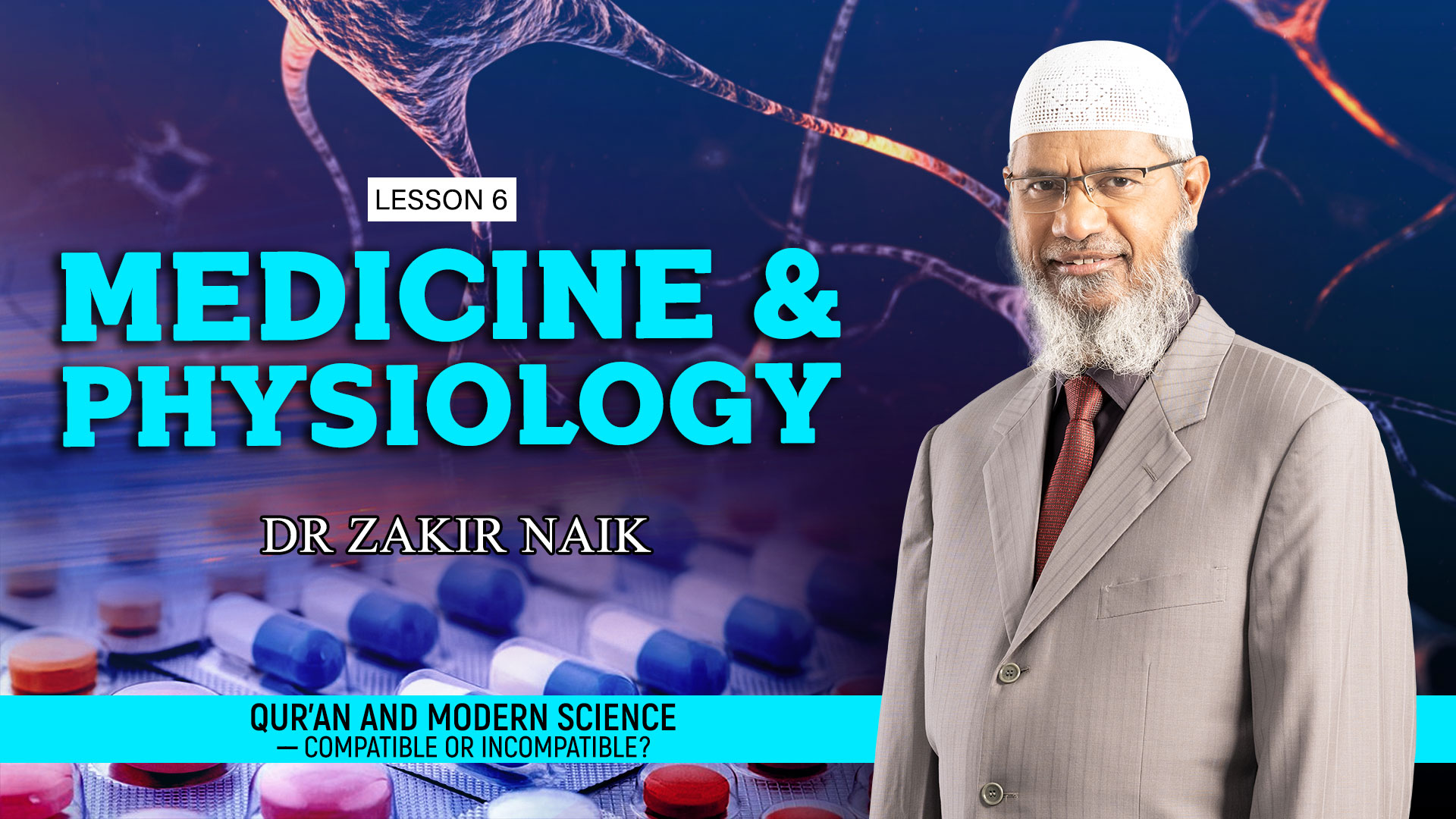Lesson 6 – Medicine & Physiology
Often the Holy Quran is treated as a religious book that provides a way of living the ideal Islamic life. However, Quran is a complete set of instructions. The medicines in Quran are also mentioned that go a long way in the treatment of diseases. 1400 years ago, the medicines in Quran were mentioned that are still used for treatment. The different processes of physiology that were discovered centuries later were also mentioned in the Quran 1400 years ago. Today’s topic is medicine and physiology in Quran, and we will look at the medicines in Quran and also understand the verses related to medicine and physiology in Quran.
Medicines in Quran
Honey is a very common substance used for the curing of different diseases. Humans came to know about the production of honey happening in the stomach of bees only two centuries ago. Apart from that, the Russians used honey to cover their wounds in World War II. The thickness of honey didn’t allow any fungus or bacteria to grow in the wound. This clearly testifies the significance of medicines in the Quran, such as honey. The wound would also retain moisture and leave very little scar tissue. The Quran mentioned both of these points 1400 years ago:
“There issues from within their bodies a drink of varying colors, wherein is healing for men.” (Al Quran 16:69)
Honey is rich in fructose and Vitamin K. If a person is allergic to a plant, drinking the honey from the flowers of that plant will help that person. It will help him to overcome the allergy. The research showed these facts after centuries’ however, they were crystal clear 1400 years ago in the Holy Quran.
There are many more areas where honey is used as a cure. Sore throat is often prevented by using honey. Other medicines in Quran are also mentioned, which will be discussed in detail with Dr. Zakir Naik.
Physiology in Quran
The circulation system of blood and the production of milk in the human body and animals is one of the most complex things to understand. A Muslim scientist, Ibn Nafees, was able to describe this system roughly 800 years ago. William Harvey also brought this system in front of the western world some 400 years ago. The Quran was revealed 1400 years ago and contained information about this.
The blood transports substances extracted from food to all the organs of the body, among which are the milk-producing mammary glands.
The verse in the Holy Quran is:
“And verily in cattle (too) will you find an instructive Sign. From what is within their
bodies, between excretions and blood, We produce, for your drink, milk, pure and agreeable to those who drink it.” (Al Quran 16:66)
“And in cattle (too), you have an instructive example: From within their bodies We
produce (milk) for you to drink; there are, in them. (Besides), numerous (other) benefits for you; and of their (meat) you cat.” (Al Qur’an 23:21)
Join the discussion table with Dr. Zakir Naik, where he answers all the questions related to medicines in Quran and physiology. Enroll in our course to learn more about medicines in Quran and physiology.
